Japan Entry Requirements 2025: The Complete Guide for Travelers

If you plan to travel to Japan in 2025, you’ll want to know the latest Japan entry requirements to avoid surprises at the airport.
This guide walks you through every entry requirement for Japan, from passports and visas to Japan entry forms, arrival procedures, and Japan re-entry rules for residents.
Japan travel requirements – Passport, Visa, and Eligibility
When planning your trip, start with the basics: passport validity, visa policy, and whether you meet the general Japan entry requirements.
Your eligibility to enter Japan depends on your nationality, the purpose of your trip, and the length of your stay.
Travelers from the US, Canada, Australia, the UK, and most EU countries enjoy visa-free access for short-term tourism or business stays.
Others may need to apply for a visa before traveling.
Passport Validity Requirements
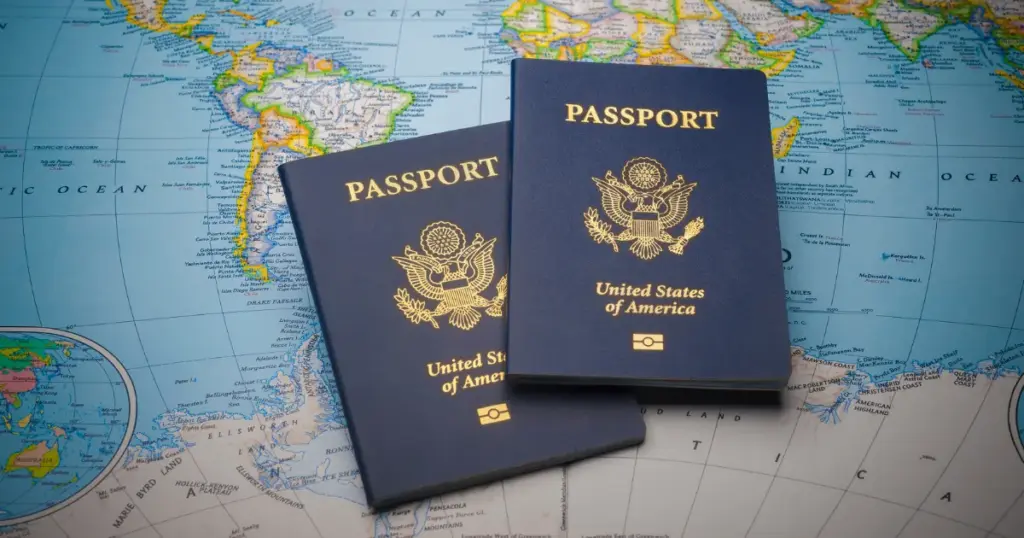
Your passport must be valid for the entire duration of your stay in Japan.
While Japan does not have a general six-month validity rule for regular passports, some emergency travel documents or special cases may require at least six months of validity.
Even without a legal requirement, many airlines recommend having six months left on your passport to avoid boarding issues.
Visa and Visa Exemption Conditions
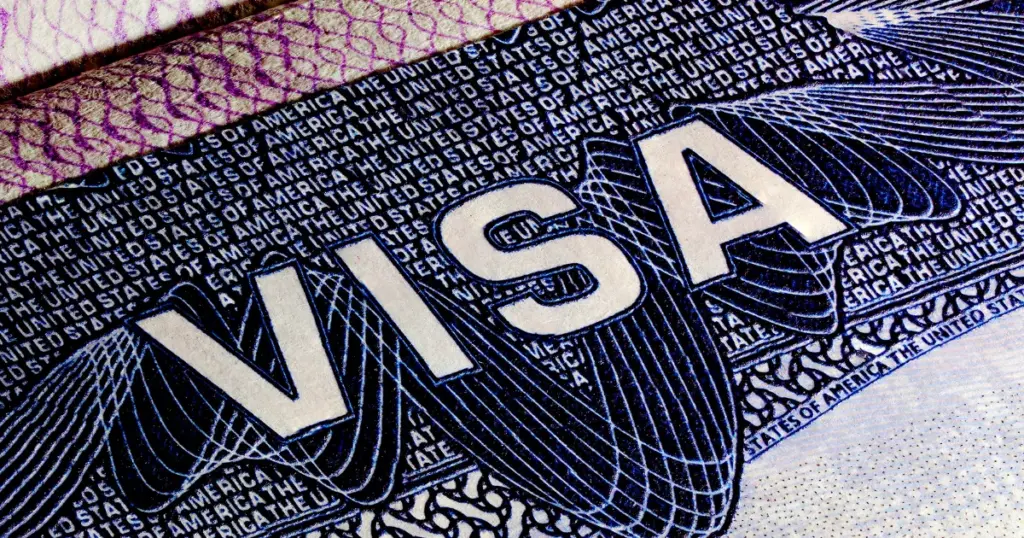
As of July 1, 2025, Japan has visa exemption arrangements with 73 countries and regions.
US citizens can travel to Japan visa-free for up to 90 days for tourism, short-term business, or family visits.
Visas Required for Select Countries
Nationals of China, Russia, the Philippines, Vietnam, and some other countries must obtain a visa before entering Japan.
This applies regardless of the purpose of travel.
Electronic Visas (eVISA)
Travelers who need a visa and live in certain eligible countries or regions — such as the United States, United Kingdom, Canada, Australia, Singapore, Brazil, South Africa, Saudi Arabia, Taiwan, and Cambodia — may be eligible to apply online through Japan’s official eVISA portal.
The application process typically involves submitting a scanned passport, a recent photograph, and details of your travel itinerary.
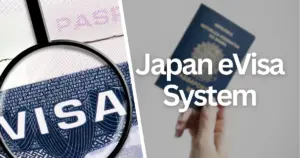
Special Cases – Work, Study, and Long-Term Stay
If you plan to work, study, or stay longer than 90 days, you must obtain the appropriate long-term visa before departure.
Once in Japan, you will need to register your residence at your local municipal office and may be required to join the national health insurance system.


Please Check out What We Offer 😃
Prices From $120!!
Entry requirement for Japan – Arrival Procedures and Japan Entry Forms
Upon arrival in Japan, all travelers must pass through immigration, customs, and occasionally quarantine inspection.
Japan’s arrival process has become more efficient in recent years, but there are still several formalities to complete.
Japan Entry Forms – ED Card and Customs Declaration
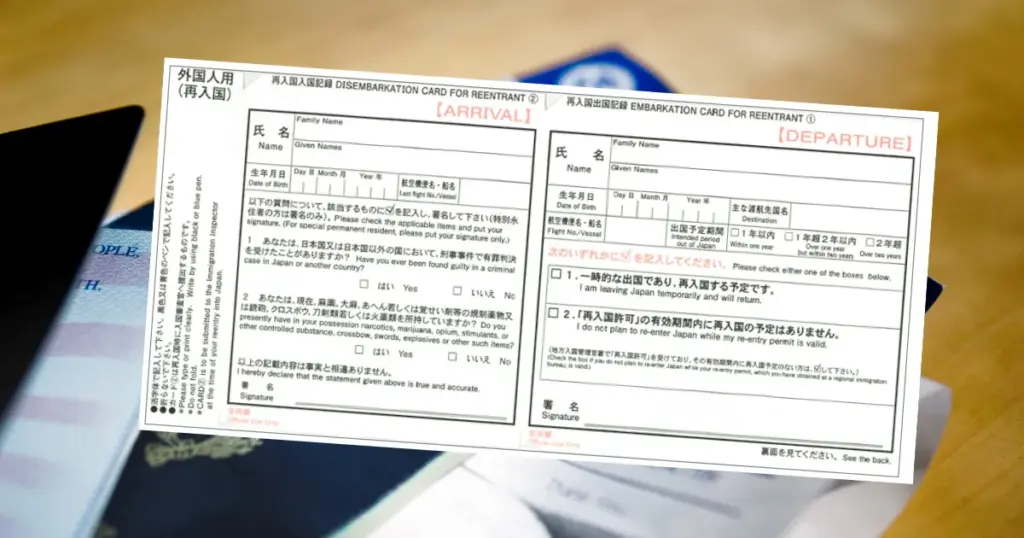
The ED Card (Disembarkation Card for Foreign Nationals) is used to record your personal details, purpose of travel, and intended accommodation in Japan.
You can complete this form physically on the plane or digitally before arrival using the Visit Japan Web platform.
The customs declaration form is used to declare items you are bringing into Japan, including currency amounts above one million yen, restricted goods, or taxable items.
Visit Japan Web – Pre-Arrival Registration
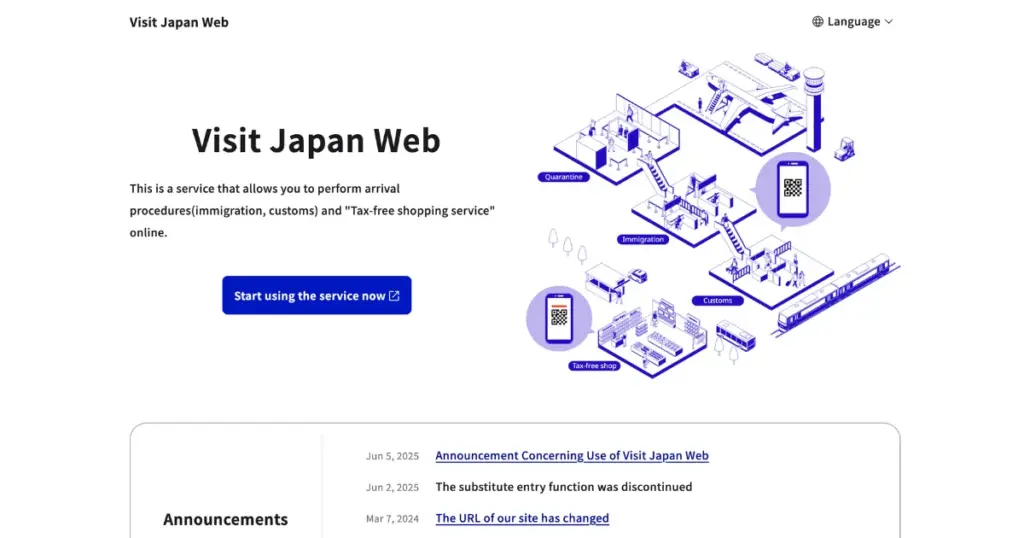
Visit Japan Web is the government’s official platform for streamlining arrival procedures. It allows you to fill out your ED Card, complete your customs declaration, and generate a QR code to show at immigration and customs.
>>> Visit Japan Web

Fingerprints, Photos, and Immigration Screening
Most foreign visitors must provide fingerprints and a facial photograph upon arrival.
Exceptions apply for diplomats, children under 16, and certain other categories.
Immigration officers may also ask for additional documentation such as proof of onward travel or evidence of sufficient funds.

Health and COVID-19 Measures
As of April 29, 2023, Japan has lifted all COVID-19 border measures.
No vaccination certificate, negative test result, or quarantine is required for any traveler, regardless of origin.
Only passengers displaying symptoms of infectious diseases may be tested upon arrival.
Japan re-entry – For Residents and Long-Term Visa Holders

If you are a foreign resident in Japan planning temporary travel abroad, you must understand Japan re-entry procedures to protect your visa status.
A re-entry permit allows you to leave Japan without forfeiting your residence status.
Without it, your status will automatically expire upon departure.
Types of Re-Entry Permits
Before we list them, it’s important to know that both permit types are intended to maintain your visa validity while you’re outside Japan.
- Special Re-Entry Permit
Available to residents returning within one year. You can apply at the airport before departure. - Multiple Re-Entry Permit
Useful for those who frequently leave and return to Japan during the validity of their visa. Valid for up to the length of your residence status.
Re-Entry Procedures
At departure, inform the immigration officer that you are using a re-entry permit and ensure your residence card will remain valid until you return.
Quick-Reference Table: Japan Entry Essentials
This quick-reference table provides a snapshot of the most critical Japan entry requirements for 2025.
| Requirement | Details |
|---|---|
| Passport Validity | Must cover your entire stay; no general 6-month rule except certain documents |
| Visa Requirement | Visa-free for 73 countries/regions; US citizens can stay up to 90 days |
| eVISA Eligibility | For visa-required travelers residing in specific countries/regions |
| Japan Entry Forms | ED Card and Customs Declaration (online via Visit Japan Web recommended) |
| Immigration Process | Fingerprints and photo required for most travelers |
| COVID-19 Measures | All lifted since April 29, 2023 |
| Online Travel Authorization (JESTA) | Planned for 2028 for visa-exempt visitors |
| Re-Entry Permit | Required for residents leaving temporarily |
Practical Tips for Traveling to Japan from US and Other Countries

Even if you meet all Japan entry requirements, small oversights can cause delays, extra costs, or even denied entry.
Whether you travel to Japan from US, Europe, or elsewhere, these practical tips will help you prepare thoroughly and avoid common mistakes.
Proof of Onward Travel and Funds
Immigration officers may request proof that you will leave Japan before your visa-free period expires.
This is especially common for travelers arriving without a return ticket.
Acceptable proof includes:
- A confirmed flight ticket back to your home country or to a third country
- An itinerary from a reputable travel agency
- A valid rail or ferry ticket for onward travel
It’s also wise to carry evidence of sufficient funds, especially if you plan a longer stay.
This can include recent bank statements, a credit card, or cash in Japanese yen.
The entry requirement for Japan doesn’t specify an exact amount, but having the equivalent of at least ¥10,000–¥15,000 per planned travel day is considered safe.
Insurance and Health Preparations

Japan offers excellent healthcare, but it can be costly for non-residents.
A short hospital visit can cost over ¥20,000 without insurance.
Travel insurance that covers medical expenses, trip cancellations, and lost luggage is strongly recommended.
Before traveling, check that you are up to date on routine vaccinations such as measles-mumps-rubella (MMR), polio, and tetanus.
If you take prescription medication, bring it in its original packaging along with a copy of your prescription.
Some medications that are common in the US are restricted in Japan, so verify them on the Ministry of Health’s website before departure.

Timing Your Arrival
Arriving during major holidays like Golden Week (late April to early May), Obon (mid-August), and New Year’s can mean long lines at immigration and crowded transportation.
If your schedule is flexible, aim for shoulder seasons such as late May or early October.
When booking flights to travel to Japan, consider landing during off-peak hours to avoid the rush of international arrivals.
FAQ: Japan Entry Requirements 2025
Here are some frequently asked questions about traveling to Japan, covering common concerns and official recommendations.
- Do US citizens need a visa to visit Japan?
-
No. US citizens can stay in Japan visa-free for up to 90 days for tourism or short-term business.
- Is there a six-month passport validity rule for Japan?
-
No general rule exists, but your passport must be valid for your entire stay. Some emergency travel documents require six months.
- Do I need to fill out Japan entry forms before arrival?
-
You can fill them out on arrival, but using Visit Japan Web to complete the ED Card and customs declaration in advance is highly recommended.
- Will I need JESTA to travel to Japan from the US?
-
Yes, starting in 2028, US travelers will need to apply for JESTA before visiting Japan.
- What is the Japan re-entry permit?
-
It allows residents to leave Japan temporarily without losing their visa status.
Final Thoughts on Japan Entry Requirements
The conclusion is not just a summary; it’s your quick checklist before boarding your flight to Japan. By keeping these points in mind, you can ensure a smooth start to your trip.
- US citizens and nationals of 72 other countries can enter Japan visa-free for up to 90 days.
- Your passport must be valid for your entire stay.
- Complete Japan entry forms via Visit Japan Web for faster processing.
- Most travelers must provide fingerprints and a photo at immigration.
- JESTA will become mandatory for visa-exempt travelers in 2028.
- Foreign residents must obtain a re-entry permit if leaving Japan temporarily.
Traveling well-prepared ensures that your journey to Japan is stress-free and enjoyable from the moment you land.

Don’t miss this one too!



